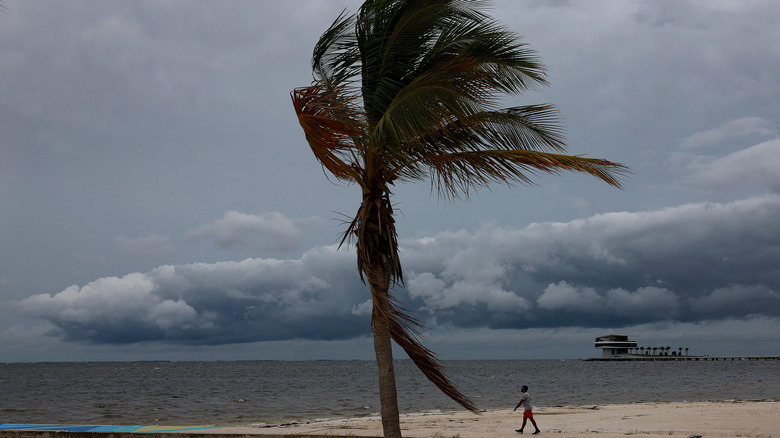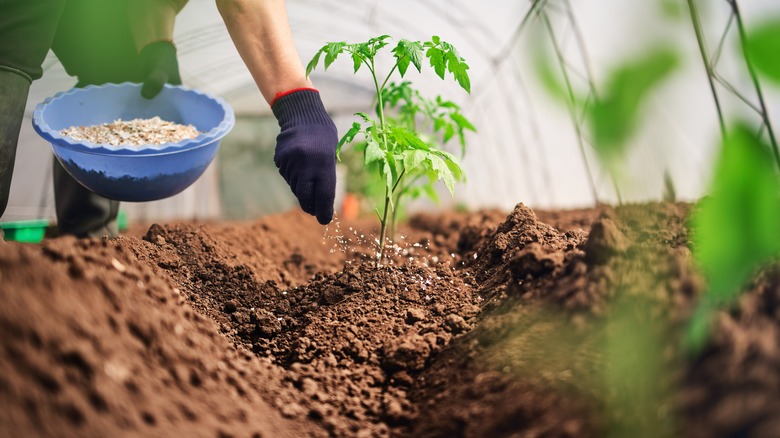How Hurricane Ian Might Make Food Inflation Even Worse
Hurricane Ian is bearing down on the Florida panhandle, and experts predict that the damage could affect food inflation.
America has been here before. In 2005, Hurricane Katrina devastated New Orleans and the Gulf Coast and was the most destructive in history, causing more than 1,500 deaths and $300 billion in damages, not to mention disrupting the entire country's oil supply (per Met Office). After a preliminary survey, Every Congressional Research Service Report revealed that the American agriculture industry took losses of $882 million. Additionally, the chaos caused by the natural disaster impeded the transport of produce through New Orleans. Combined with the then-ongoing Midwestern drought, these realities meant that the prognosis for the American consumer was bleak.
In 2006, about a year after Hurricane Katrina, the USDA stated, "Despite Katrina, food prices are stable." During that year, American food costs rose by an average of 1.9% across the board, a fraction of the rate we're seeing today, per the United States Inflation Indicator. The question is: Will Americans be this lucky with Hurricane Ian?
Hurricane Ian could damage a major fertilizer plant
Hurricane Ian wound its way from the Caribbean, turned north, and crossed over Western Cuba on September 28, crippling its power grid and leaving the population in the dark, per Sky News. While the storm has passed over the island nation, the worst is yet to come for the United States and, as predictions go, the Florida panhandle.
Directly in the storm's path lies Mosaic Co.'s New Wales fertilizer mining operation — one that helps the company supply half of America's phosphate fertilizer needs, per Morning Ag Clips. Should the fertilizer plant be in Hurricane Ian's path, it could be disabled "for weeks," disaster modeler Chuck Watson told Bloomberg. It would not be a first; in the aftermath of Hurricane Irma in 2017, Mosaic Co. lost around 400,000 tons of phosphate product.
Global factors keep food costs high — such as the higher post-Covid food demand, per the National Library of Medicine; food shortages created by the war in Ukraine (via Wilson Center), and already soaring fertilizer prices. This all means that the effects of Hurricane Ian on one of the country's (and world's) top fertilizer suppliers stands to agitate food inflation even more.

